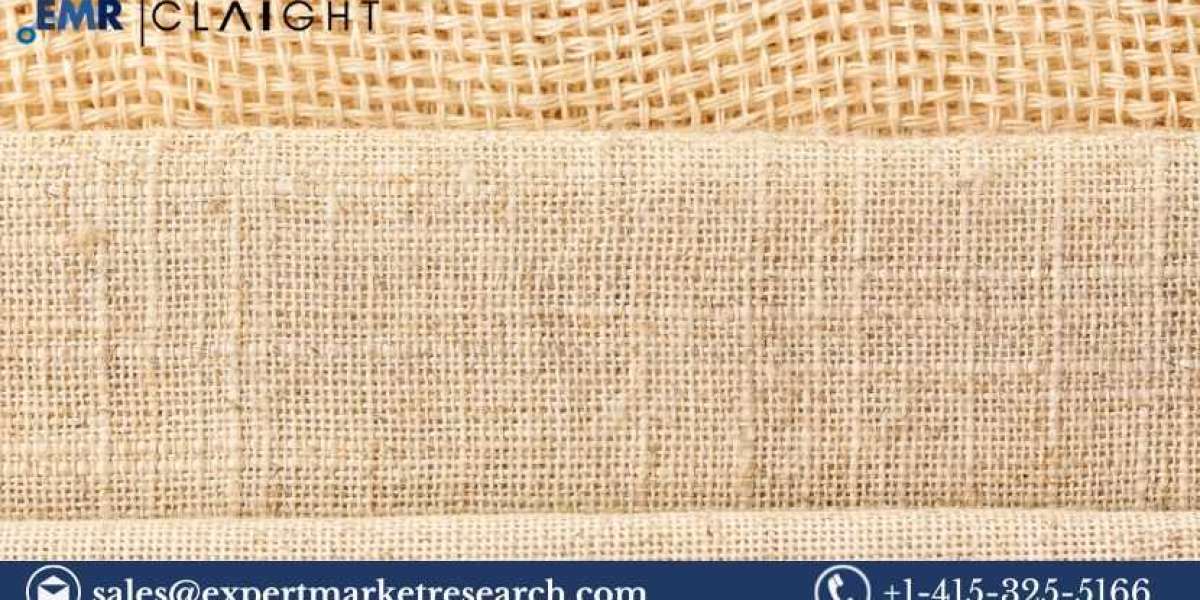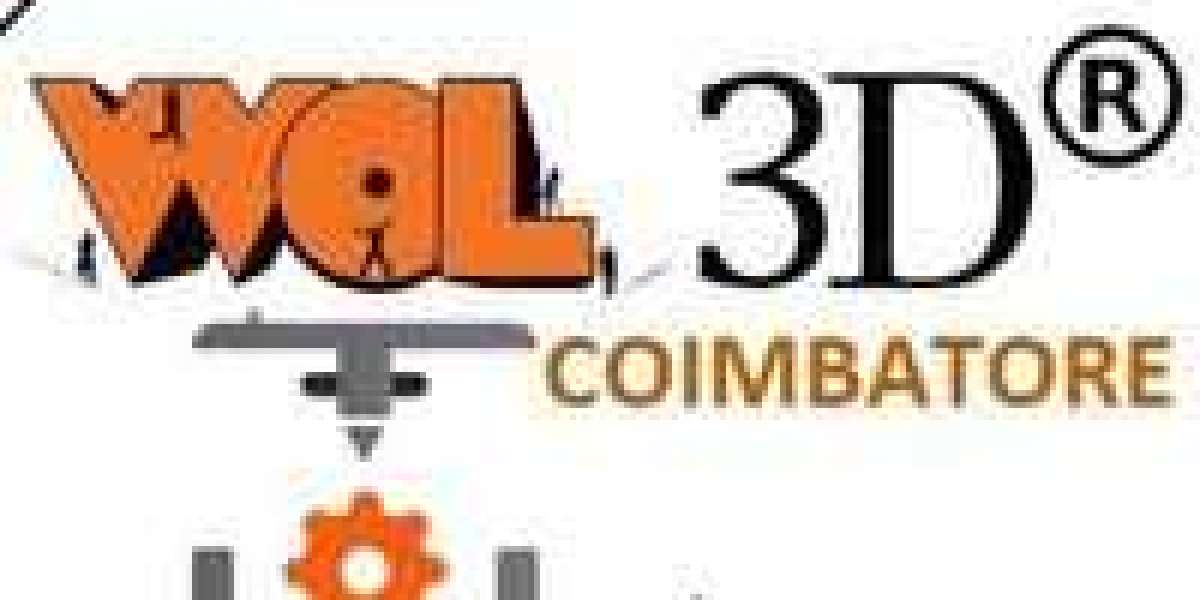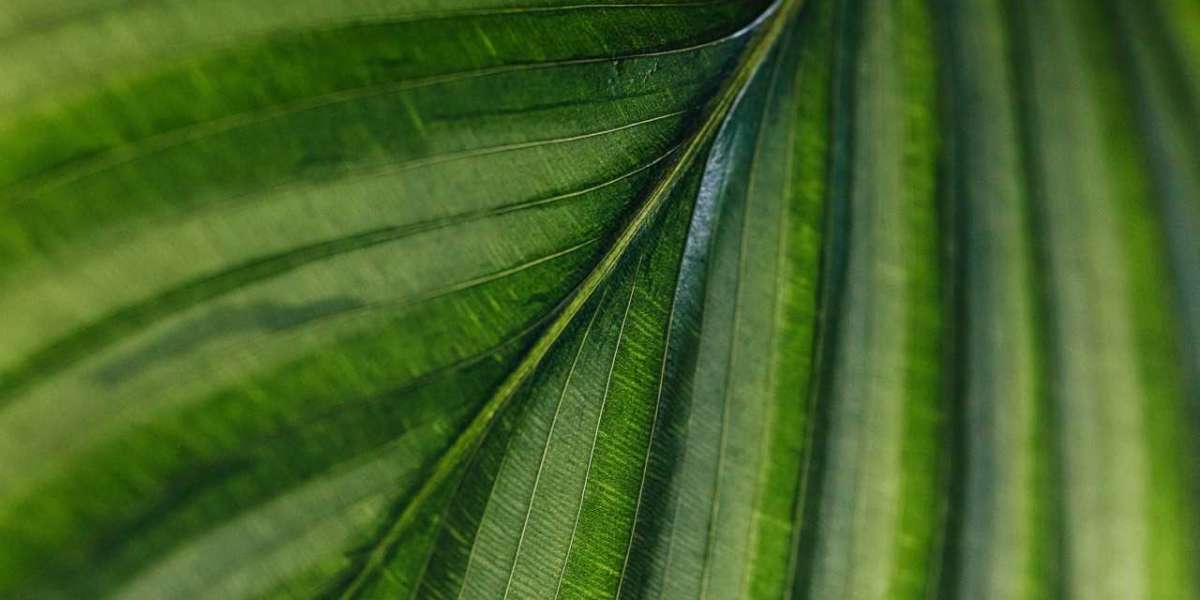In recent years, the global hemp clothing market has witnessed remarkable growth, fueled by evolving consumer preferences towards sustainable and eco-friendly fashion choices. With a surge in awareness regarding the environmental impact of conventional textiles, hemp clothing has emerged as a frontrunner in the realm of sustainable fashion. According to recent market research, the global hemp clothing market achieved a significant milestone, surpassing USD 3.19 billion in 2023. Projections indicate that this upward trajectory is set to continue, with an anticipated Compound Annual Growth Rate (CAGR) of 26.6% between 2024 and 2032, culminating in a market value of approximately USD 26.66 billion by 2032.
Hemp Clothing Market Size:
The hemp clothing market has witnessed exponential growth in recent years, driven by a paradigm shift towards sustainable fashion practices. In 2023, the market reached a valuation of nearly USD 3.19 billion, signifying a significant milestone in its expansion trajectory. This growth can be attributed to a confluence of factors, including heightened consumer awareness regarding environmental conservation, rising disposable incomes, and a growing preference for ethically sourced and eco-friendly products.
Hemp Clothing Market Trends:
Several notable trends are shaping the trajectory of the hemp clothing market. One prominent trend is the increasing adoption of hemp-based fabrics by mainstream fashion brands. Recognizing the growing consumer demand for sustainable alternatives, renowned fashion labels are incorporating hemp fibers into their collections, thereby expanding the market reach of hemp clothing. Additionally, advancements in textile technology have led to innovations in hemp fabric blends, enabling the creation of garments that offer superior comfort, style, and performance.
Another noteworthy trend is the rise of circular fashion initiatives, driving the demand for hemp clothing. Circular fashion emphasizes the principles of reduce, reuse, and recycle, aiming to minimize waste and maximize the lifespan of clothing items. Hemp's biodegradable nature aligns perfectly with the ethos of circular fashion, making it a preferred choice among environmentally conscious consumers and brands alike. As circular fashion gains momentum, the demand for hemp clothing is expected to surge further, bolstering market growth.
Hemp Clothing Market Segmentation:
Source:
Conventional
Organic
Processing Technique:
European Enzyme-Treated Fibre
NRC Enzyme-Treated Fibre
Chinese Fibre
Type:
Shirts
T-shirts
Pants
Coats and Jackets
Dress
Activewear
Undergarments
Others
Application:
Fabrics
Denim Fine Textiles
Carpets
Geotextiles
Canvas Bags
End User:
Women
Men
Kids
Distribution Channel:
Independent Retail Stores
E-commerce
Supermarket/Hypermarket
Others
Region:
North America
Europe
Asia-Pacific
Latin America
Middle East Africa
Get a Free Sample Report with Table of Contents
Hemp Clothing Market Growth:
The growth prospects of the hemp clothing market remain highly promising, driven by several factors:
Increasing consumer awareness: Heightened awareness regarding environmental conservation, ethical sourcing, and sustainable living is driving demand for hemp clothing among eco-conscious consumers.
Regulatory support: Favorable regulatory frameworks and government initiatives promoting hemp cultivation and sustainable fashion are fostering market growth.
Technological advancements: Ongoing research and development efforts aimed at enhancing the quality, versatility, and performance of hemp fabrics are fueling innovation and product diversification.
Shifting consumer preferences: Changing consumer preferences towards eco-friendly and socially responsible products are creating lucrative opportunities for manufacturers and retailers operating in the hemp clothing market.
Hemp Clothing Market Forecast:
The forecast for the global hemp clothing market paints a picture of remarkable growth and transformation, driven by evolving consumer preferences, regulatory support, and technological advancements. With a projected Compound Annual Growth Rate (CAGR) of 26.6% between 2024 and 2032, the market is poised to undergo significant expansion, reaching a valuation of approximately USD 26.66 billion by 2032.
One of the key drivers of this growth is the increasing consumer awareness regarding environmental conservation and sustainable living. As individuals become more conscious of the ecological impact of their purchasing decisions, there is a growing demand for eco-friendly alternatives in the fashion industry. Hemp clothing, with its sustainable cultivation practices and biodegradable properties, emerges as a frontrunner in this paradigm shift towards sustainable fashion. Consumers are actively seeking out hemp-based apparel as a way to align their fashion choices with their environmental values, thereby driving the growth of the market.
Regulatory support for hemp cultivation and sustainable fashion initiatives further catalyzes market expansion. Governments around the world are recognizing the potential of hemp as a versatile and sustainable resource, leading to favorable regulatory frameworks that promote its cultivation and use in various industries, including textiles. Additionally, initiatives aimed at promoting sustainable fashion practices are gaining traction, raising awareness and incentivizing brands to adopt more environmentally friendly production methods. This regulatory backing creates a conducive environment for the growth of the hemp clothing market, driving investments and innovation in the sector.
Competitor Analysis:
Patagonia, Inc.: is a renowned outdoor clothing company known for its commitment to sustainability. They offer a range of hemp-based clothing items, including shirts, pants, and outerwear, designed for outdoor enthusiasts.
Jungmaven: Jungmaven specializes in hemp-based apparel, with a focus on creating comfortable and stylish clothing for men and women. Their products include t-shirts, hoodies, and dresses made from organic hemp fabric.
ToadCo: is a US-based outdoor clothing company that incorporates hemp into its sustainable clothing lines. Their hemp clothing collection includes shirts, pants, and outerwear designed for both outdoor activities and everyday wear.
LEVI STRAUSS CO.: known for its denim products, has also ventured into the hemp clothing market. They offer hemp-blend jeans and other denim apparel, combining style with sustainability.
WAMA Underwear: WAMA specializes in hemp underwear, offering a comfortable and eco-friendly alternative to traditional cotton underwear. Their products are made from organic hemp fabric and are designed for both men and women.
Hemp Clothing Australia: As the name suggests, Hemp Clothing Australia focuses on producing hemp-based clothing items. They offer a wide range of products, including shirts, shorts, and accessories, all made from sustainable hemp fibers.
The Hemp Shop Ltd.: The Hemp Shop Ltd. is a UK-based company that promotes the use of hemp for various purposes, including clothing. They offer a selection of hemp clothing items, as well as hemp fabric and accessories.
United By Blue (Naadam, Inc.): United By Blue is a US-based brand that emphasizes sustainability and environmental conservation. They offer hemp-based clothing options, including shirts, jackets, and accessories, all designed with a focus on ethical production practices.
Others: In addition to these key players, there are numerous other brands and manufacturers contributing to the growth of the hemp clothing market. These include both established companies and emerging startups, each bringing their own unique approach to sustainable fashion.
Read Full Report with Table of Contents:
Hemp Clothing Market
FAQs (Frequently Asked Questions):
Q: Is Hemp Clothing environmentally friendly?
A: Yes, hemp clothing is considered environmentally friendly due to several factors. Hemp cultivation requires minimal water and pesticides compared to conventional cotton, reducing its environmental footprint. Additionally, hemp fibers are biodegradable, making them a sustainable alternative to synthetic textiles.
Q: Are Hemp clothing items durable?
A: Yes, hemp clothing is known for its durability and longevity. Hemp fibers are exceptionally strong and resistant to wear and tear, resulting in garments that can withstand frequent use and washing without losing their shape or quality.
Q: Is Hemp Clothing comfortable to wear?
A: Yes, hemp clothing is renowned for its comfort and breathability. Hemp fibers have natural moisture-wicking properties, keeping the skin dry and cool in warm weather. Moreover, hemp fabric softens with each wash, becoming increasingly comfortable over time.
Q: How do I care for Hemp Clothing?
A: Hemp clothing can typically be machine washed with similar colors using mild detergent. Avoid using bleach or harsh chemicals, as they can degrade the fabric. Hang hemp garments to dry or tumble dry on low heat to preserve their shape and color.
Q: Where can I buy Hemp Clothing?
A: Hemp clothing is available through various channels, including online retailers, specialty stores, eco-friendly boutiques, and select fashion brands. Additionally, some hemp clothing manufacturers offer direct-to-consumer sales through their websites or physical storefronts.
Explore More:
Top Eyewear Manufactures
Top Sugar Manufactures Companies
Top Sonobuoy Companies
Media Contact:
Company Name: Claight Corporation
Contact Person: Emily Jacks, Business Consultant
Email: [email protected]
Toll Free Number: US +1-415-325-5166 | UK +44-702-402-5790
Address: 30 North Gould Street, Sheridan, WY 82801, USA
Website: www.expertmarketresearch.com








